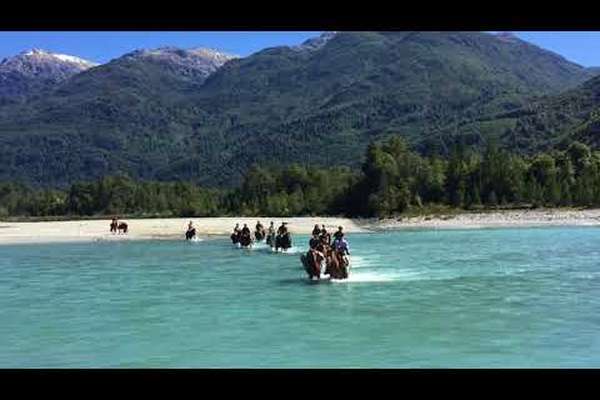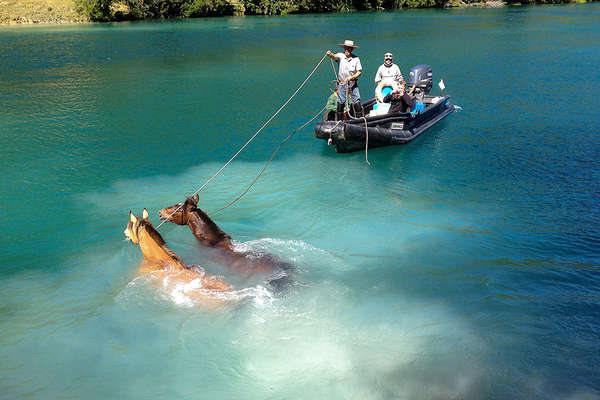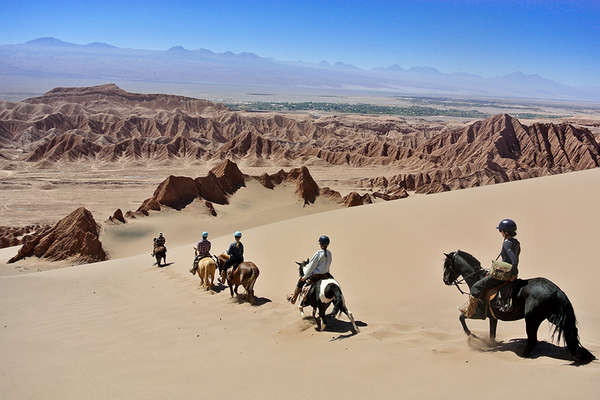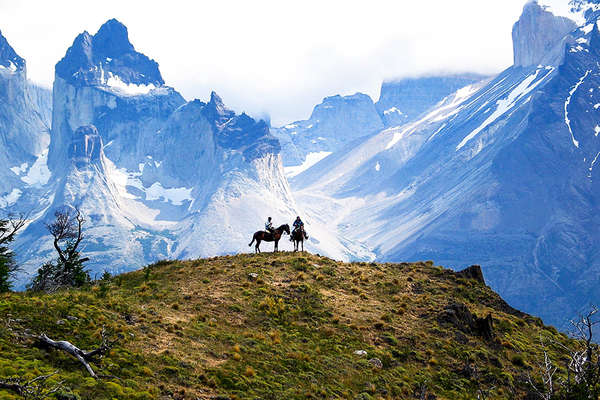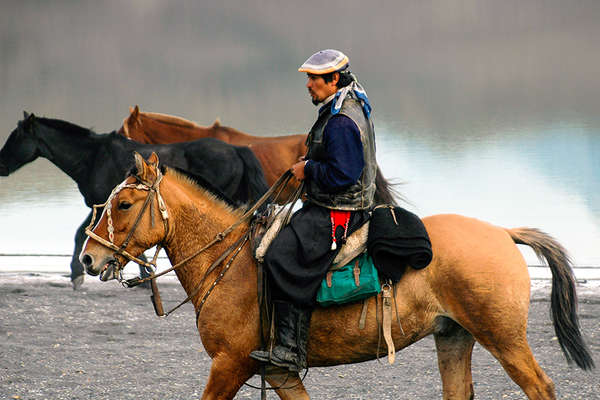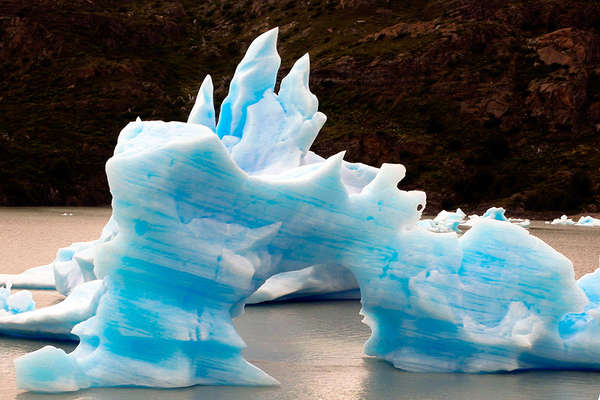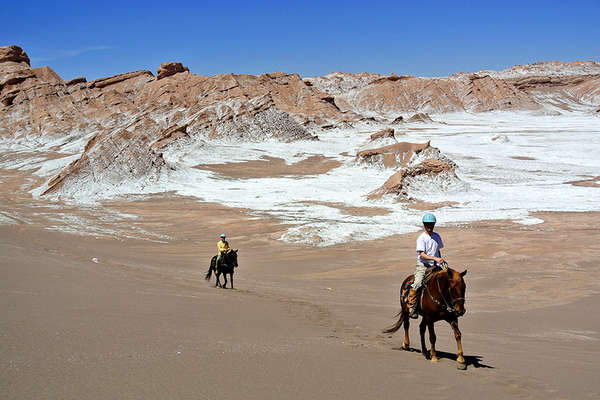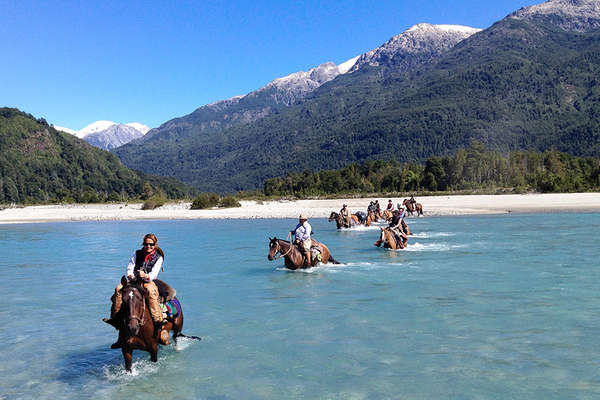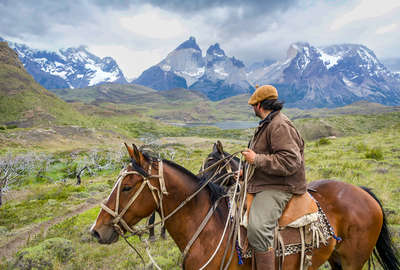
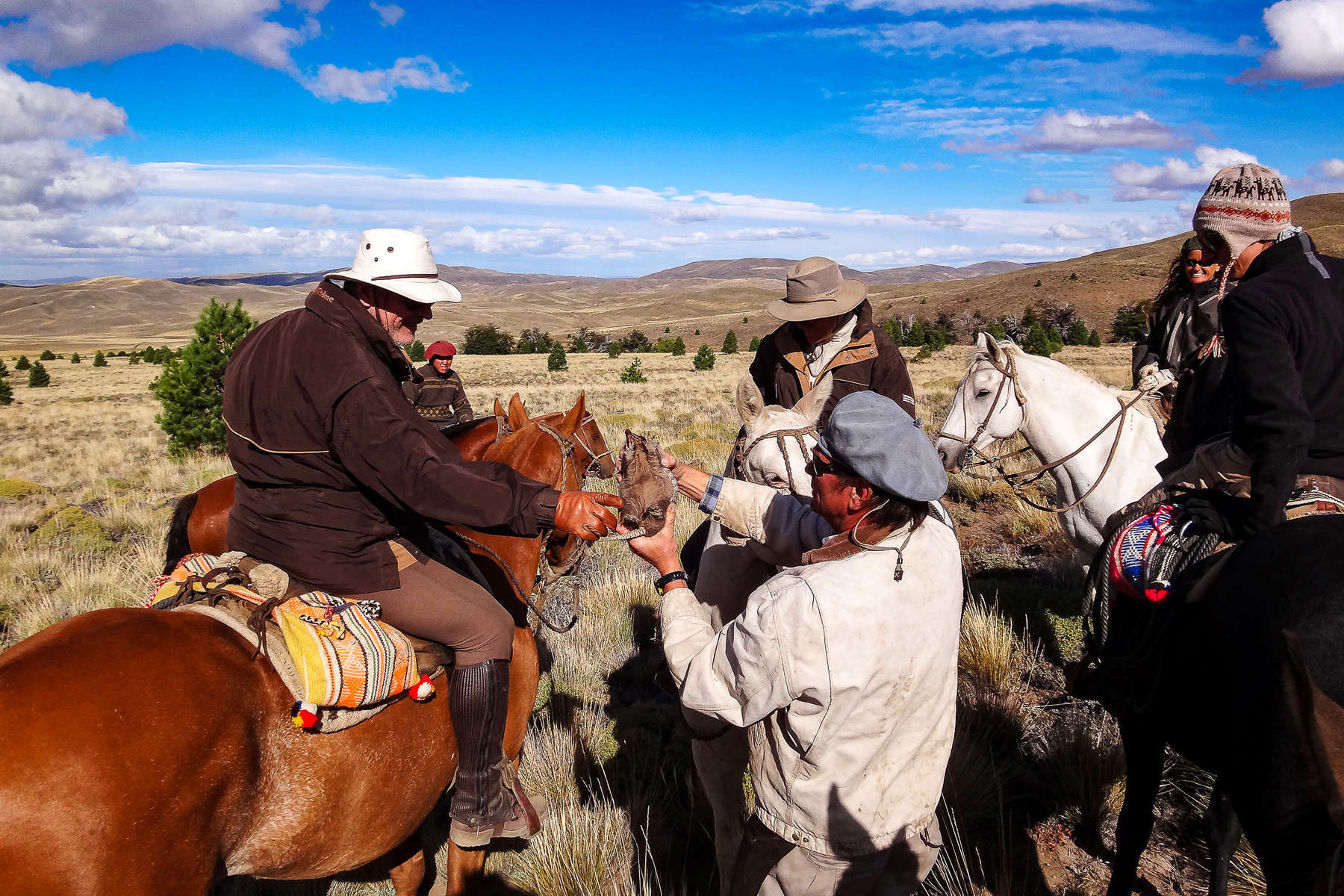
From the horse’s mouth
All trips

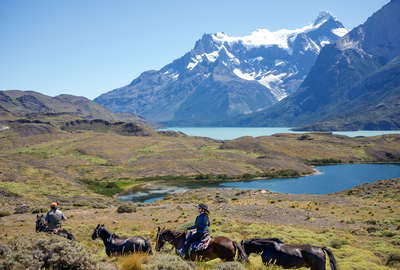
Torres del Paine expedition ride
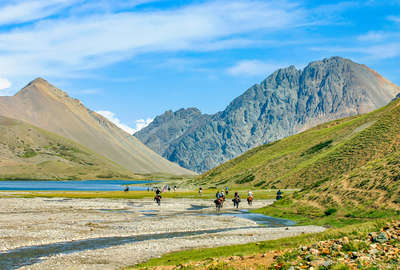
Crossing the Andes at Aconcagua
Visa & Health
Formalities
Addresses of consulates
- British Embassy in ChileAvda. El Bosque Norte 0125Las Condes,SantiagoChileLas CondesSantiagoTél. : +56 2 2370 4100Fax :embsan@britemb.cl
- Consulate of the Republic of Chile1736 Massachusetts Ave NWDC 200 36 WASHINGTONTél. : +1 202 530 4104Fax :
- Embassy of Chile in UK37-41 Old Queen StreetSW1H 9JA LONDONTél. : +44 20 7222 2361Fax :
- Ambassade du Chili en France2, Av. de la Motte-Picquet75007 PARISTél. : 01 44 18 59 60Fax :echile.francia@minrel.gov.cl
- Consulat du Chili en France64, boulevard de La-Tour-Maubourg75007 PARISTél. : 01 44 18 59 60Fax :cchile.paris@minrel.gov.cl
- Ambassade de France au ChiliAvenida Condell 65Providencia SantiagoTél. : +56 224 708 000Fax :
Health
Insurance
Voltage
Budget and money
Telephone and jetlag
Country information
Country ID
Socio-economical data
History
Geography
People, culture and traditions
Choosing the right riding holiday
Choosing the right riding holiday
On all our riding holidays in Chile you will see and probably ride, the Chilean Criollo horse.
Unlike other Criollo breeds, the Chilean Criollo originates entirely from South America and has not been influenced by the import of European breeds. Most of the horses came from fertile valleys in Peru and Bolivia - the difficult passage across the Andes mountains and the dry deserts in the north of Chile meant that only the toughest and soundest horses made it to the central valleys of Chile. Here they were bred as cattle horses and only the best mares were bred from - they had to show lateral dexterity, courage to confront and pin untamed cattle and an even temperament that permitted a high degree of trainability while conserving energy needed for a full days work.
Prior to 1850 the Chilean Criollo was a closed breed, and the geographical problems posed by its borders meant that they were one of the last countries to see new breeds arrive. Around this time, Chile became the first country to register their national breed and faithful traditional breeders ensured the purity of the breed.
Chilean Criollo's are extremely hardy. They have a low metabolism, strong hooves, and a thick double coat which makes them suitable for both cold and dry/hot weather. They have a very thick and abundant mane and tail and a great immunity to disease. Standing only 13.1 - 14.2 hands high they are tough enough to carry any reasonable sized adult rider up and down the most demanding gradients. Unlike other American breeds, such as mustangs and baguales, which evolved during natural selection, the Chilean Criollo has been bred under the influence of man, and selected for the specific purposes required of a companion animal in tough, mountainous terrain.
This is what makes the Chilean Criollo the ideal horse for our riding trails in Chile.

